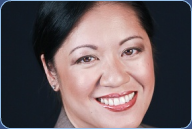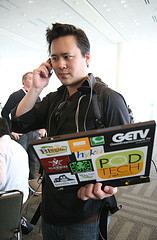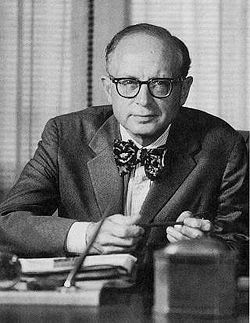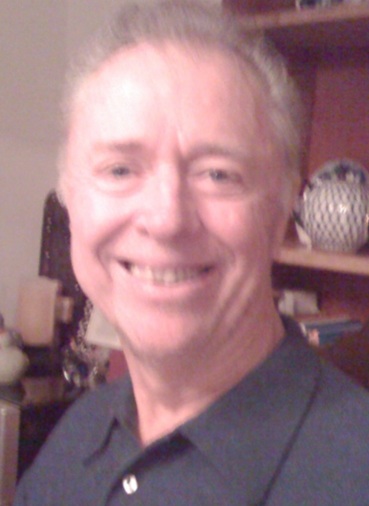Leveraging Technology & Social Media to Impact Military Wellness & Quality of Life
/Meeting people who work in a variety of organizations and industries is quite enlightening. Interestingly, no matter their field or nature of their organization, I hear fairly consistent themes regarding technology adoption. This is particulary true as it pertains to wellness. I lectured at the Symposium for the Army's MWR leadership in Louisville, KY on January 26, 2010. The fine people at the American Logistics Association and their representatives Bob Ellis and Chris Rottner sponsored the lecture. You can view content in the slide show below.
My talk on technology and social media adoption and its potential impact on the health of military personnel and their families led to a series of conversations with the rank and file of the Army's MWR community. No matter the venue, there exists a great opportunity to educate leadership on how solutions like cloud computing, social media, and wellness technologies can be adopted to positively impact the missions of organizations at much lower cost than extant methods. While the rapid pace of change happenning today makes adoption a challenge, we've got to do a better job of unleashing the potential solutions offer to solve important problems. That is why the symposium was such a great event. Watch this video. As John Chambers of Cisco points out, organizations can change how they fundamentally work to become more productive.
The ALA also sponsored Dr. James Sallis, who spoke on environmental considerations relating to wellness. His talk was very interesting and pointed out important facts regarding how simple changes in the manner which communities are designed can have a meaingful and lasting impact on wellness. Great work and worth a review.
My thanks to the men and women of our armed services and the leadership of the ALA and MWR. I particulary thank my father, who recently passed away , for being the stellar military officer and distinguished pilot and academy graduate he was. He would have enjoyed attending the symposium and meeting the fine and dedicated professionals I had the privledge to address.













